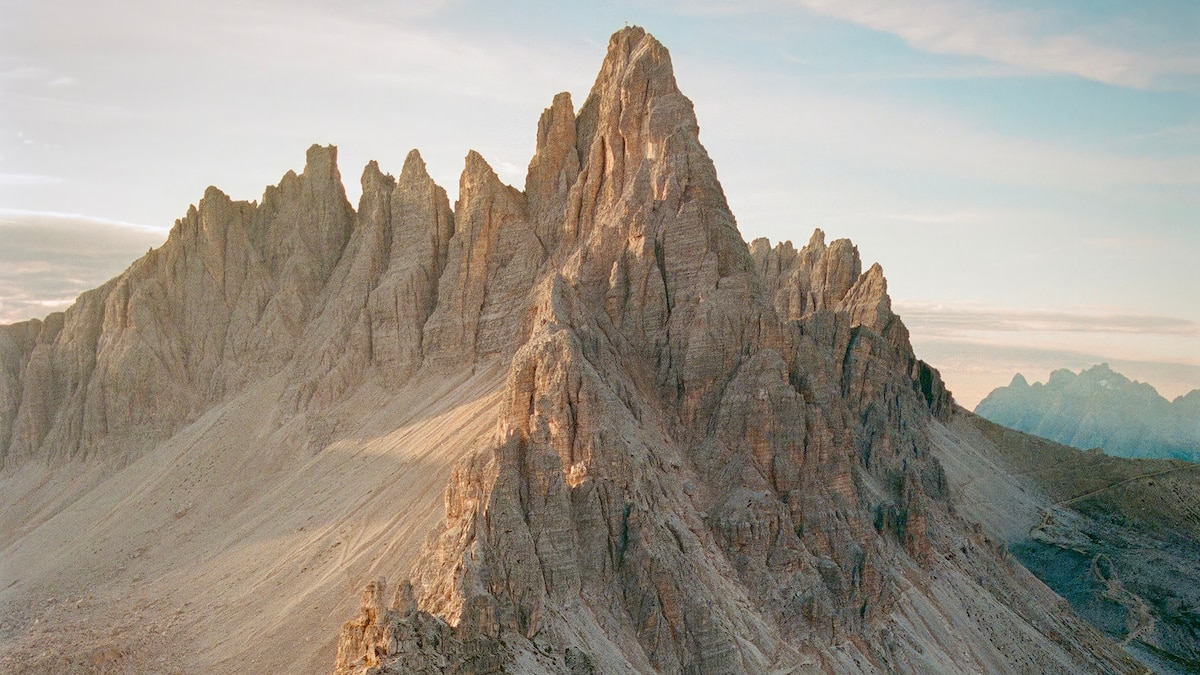
The 2026 Olympic and Paralympic Winter Games are shaping up to be unlike any edition before. Hosted across Italy from February 4–22 (Olympics) and March 6–15 (Paralympics), these Games will be the most geographically spread-out in Olympic history. For the first time ever, two official host cities—the cosmopolitan powerhouse of Milan and the legendary Alpine resort of Cortina d’Ampezzo—will share the global spotlight, even though they sit nearly 250 miles apart.
But it’s not just the cities that will shine. The venues stretch across more than 8,500 square miles of rugged northern landscapes, making this edition as much a celebration of Italy’s mountain heritage as it is of sport. With so many events unfolding in spectacular terrain, the real stars of 2026 might just be the peaks themselves.
The Dolomites Take Center Stage
A vast majority of the competitions will unfold across the Dolomites, a distinct and breathtaking subrange of the Alps. Unlike typical alpine landscapes, the Dolomites are made almost entirely of dolomite rock, which gives the mountains their ghostly pale color and dramatic shapes—towering spires, sharp ridges, and cliffs that look like they’ve erupted straight from the Earth’s crust. Their beauty is so extraordinary that the Dolomites have been recognized as a UNESCO World Heritage Site.
Visitors in 2026 can expect to witness 195 Olympic events, including the debut of ski mountaineering, a thrilling sport that blends uphill climbs with high-speed downhill skiing. Yet the Games are only the beginning of what this region offers.
Cortina—and 11 other towns—form part of Dolomiti Superski, the world’s largest ski network, linking 450 lifts under a single pass. Winter draws snow lovers from across the globe, but summer transforms the same landscape into an outdoor paradise:
-
6,200+ miles of marked hiking trails
-
250 miles of mountain biking routes
-
Endless opportunities for climbing, paragliding, via ferrata, and more
The Dolomites are built for adventure, year-round.

What to Do While You’re There
No matter the season, the Dolomites’ biggest draw is always the scenery. Iconic spots like the Tre Cime di Lavaredo and Lake Braies often make the top of visitor lists—but also attract big crowds in peak season. Fortunately, the region is full of equally stunning yet quieter alternatives, including:
-
Croda dei Toni, with its dramatic silhouette
-
The vertical pinnacles of the Vajolet Towers
-
The jewel-like waters of Lake Carezza
For those who want to explore the cultural side of mountain life, the Messner Mountain Museum offers a deep dive into Alpine history and mountaineering. Spread across six locations in South Tyrol, this museum network was created by legendary climber Reinhold Messner, the first person to summit Everest solo.
Perhaps the most striking of the museums is MMM Corones—the “Museum in the Clouds.” Designed by the late Zaha Hadid, it sits atop the 7,463-foot Kronplatz peak, with futuristic windows carved into the rock and panoramic views that seem to float above the valley.
Travelers can also immerse themselves in the living traditions of the Ladin people, an ancient ethnolinguistic community native to the Dolomites. Visit the Museum Ladin Ciastel de Tor in San Martino in Badia, explore preserved Ladin settlements like Lungiarü, or join local experiences—from cheese farm visits to traditional cooking classes—to connect with a culture that’s both vibrant and resilient.

When to Visit the Dolomites
The Dolomites have two main tourist seasons:
Winter (early December to mid-April)
Perfect for skiing, snowboarding, and winter sports. Expect crowds during Italian school holidays when families flood the slopes.
Summer (June to mid-September)
Best for hiking, biking, climbing, and soaking in warm alpine sunshine.
Between mid-April to May and mid-September to November, many hotels, lifts, and mountain huts close for the off-season. But if you don’t mind the quieter atmosphere, these shoulder months offer something magical: blooming spring meadows or vibrant autumn colors—and far fewer people.




